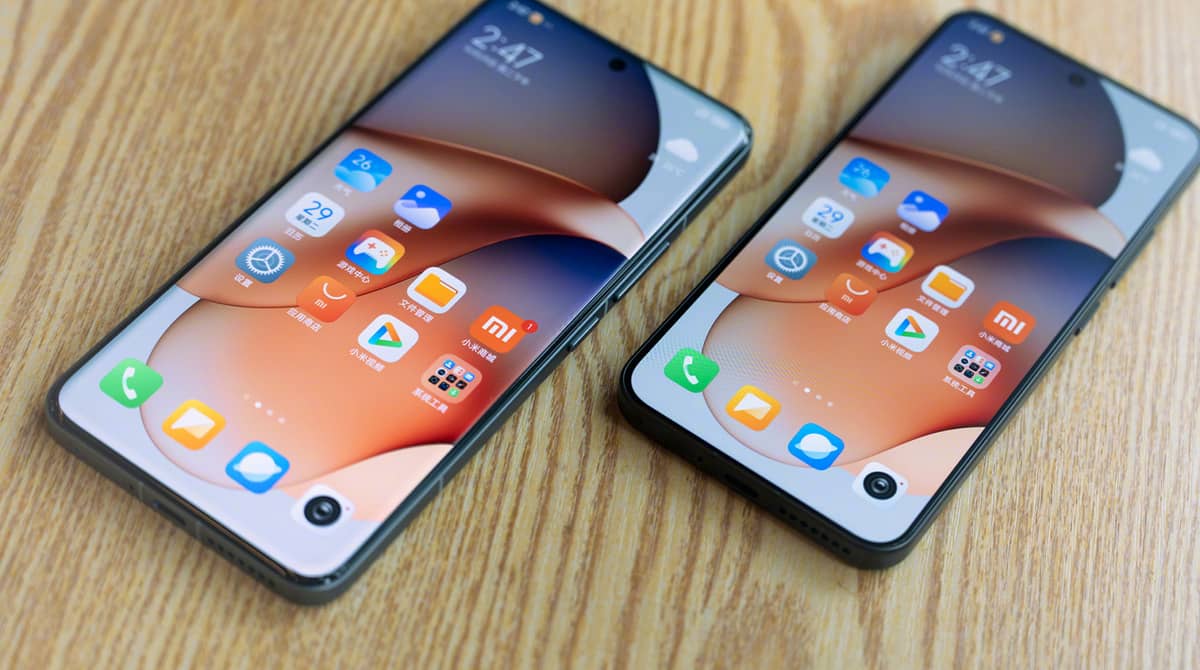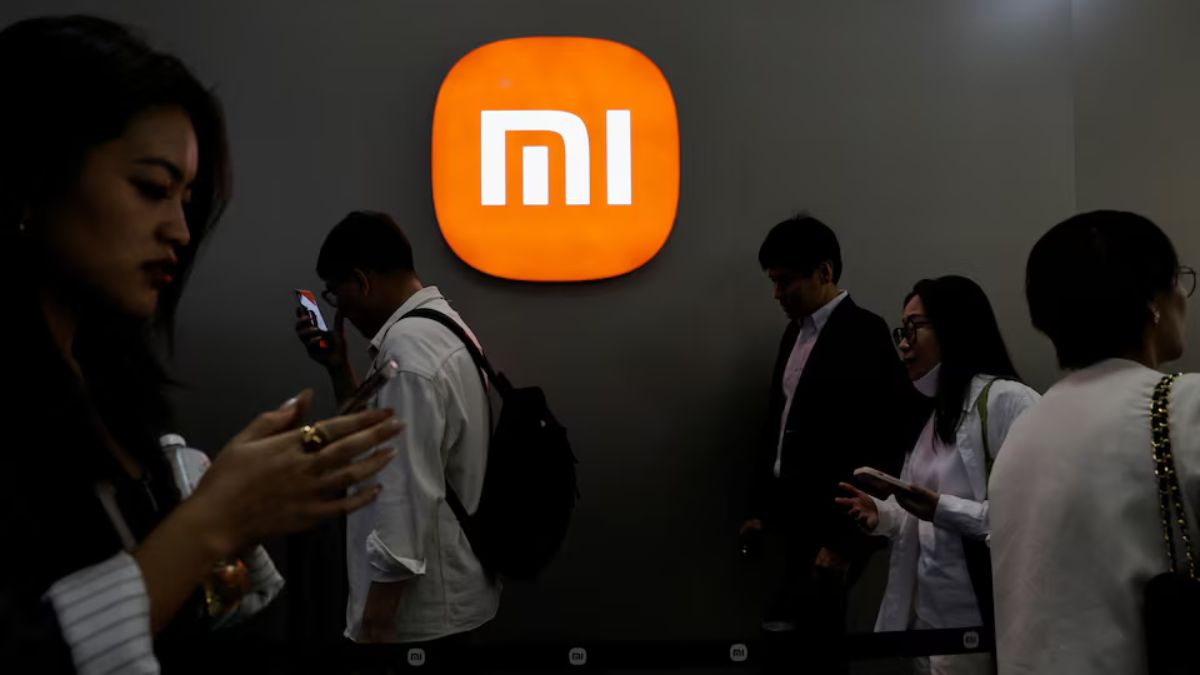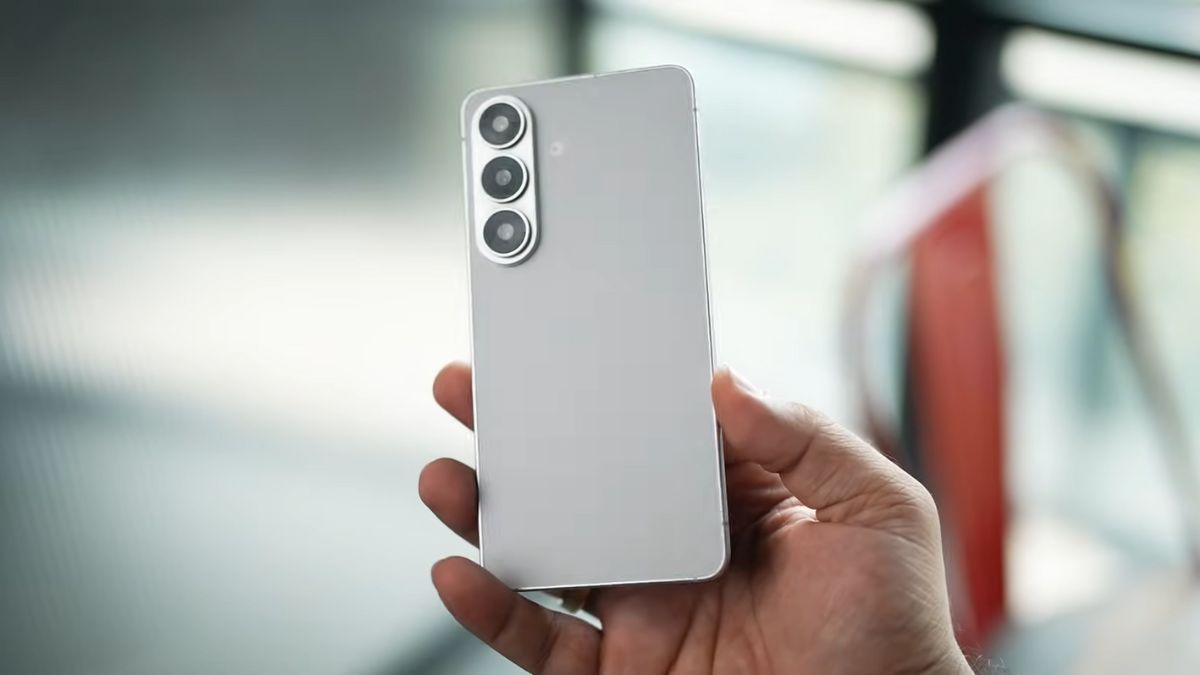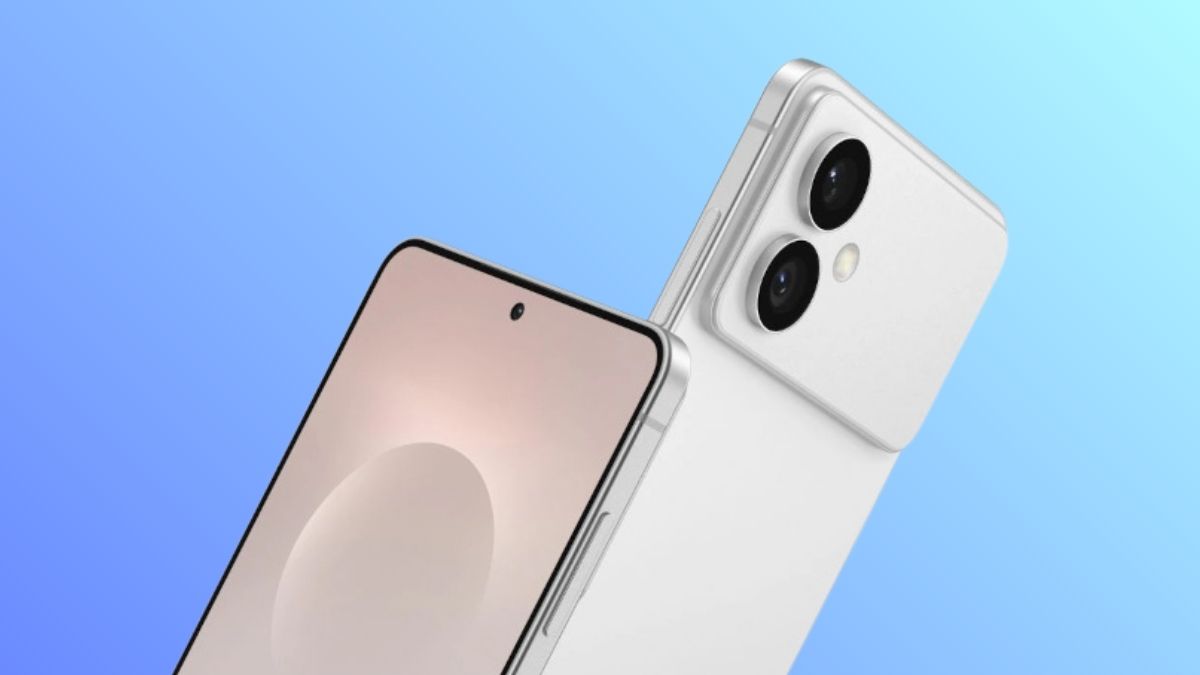As smartphones get more powerful, their sizes have also grown. Many users still prefer sleek, lightweight devices that fit comfortably in their hands.
Xiaomi, once known for its ultra-thin designs, may have an opportunity to return to this market in 2025.
Ultra-Thin Competition in 2025
Samsung and Apple are already reviving the ultra-thin smartphone trend. According to a leak by @Ice Universe:
- Samsung Galaxy S25 Slim: Expected to have a thickness of 6.x mm and a 6.66-inch display. It will include a 200MP main camera, making it a photography powerhouse.
- Apple iPhone 17 Air: Rumored to be just 6 mm thick. It will feature Apple’s first in-house 5G baseband and a minimalist 48MP single-camera setup.
Both brands aim to attract users who value portability and aesthetics over larger batteries or advanced camera setups.
Xiaomi’s History of Slim Phones
Xiaomi has previously impressed users with its lightweight designs:
- Xiaomi 11 Lite: Weighed 157g and was only 6.8mm thick, one of the slimmest Android devices in recent years.
- Civi Series: Known for its stylish, slim profiles, though recent models have grown thicker to accommodate larger batteries and better cameras.
Despite its success in this area, Xiaomi has recently focused on performance and innovation with models like the Xiaomi 13 and 14.
Why Xiaomi Should Revisit Ultra-Thin Designs
With Samsung and Apple targeting this niche, Xiaomi has several reasons to consider launching an ultra-thin flagship:
- Consumer Demand: Many users prefer lightweight phones for daily use.
- Design Leadership: Xiaomi has a history of bold design moves, and an ultra-thin model could reinforce its reputation as an innovator.
- Competitive Advantage: Xiaomi could offer a stylish alternative at a more affordable price than Samsung and Apple.
- Technological Advances: Improved materials and components make slim designs more feasible without sacrificing performance.
Challenges Xiaomi May Face
Creating an ultra-thin smartphone comes with challenges:
- Battery Life: Slim designs often mean smaller batteries, which may not appeal to power users.
- Camera Modules: Flagship cameras require space, making it hard to include advanced features in a thin device.
- Production Costs: Custom components and materials can make ultra-thin phones more expensive to produce.
What’s Next for Xiaomi?
If Xiaomi decides to enter the ultra-thin race, it could launch a device like the “Xiaomi 15 Lite Slim” or “Xiaomi Civi Slim.”
These models could combine style and affordability, appealing to fashion-conscious users and fans of lightweight phones.
With Apple and Samsung leading the way, 2025 could be the year Xiaomi redefines what “slim” means for Android smartphones.












